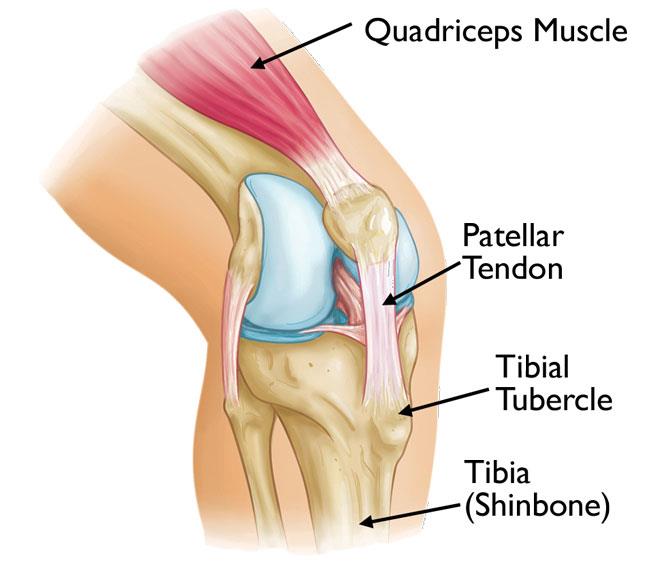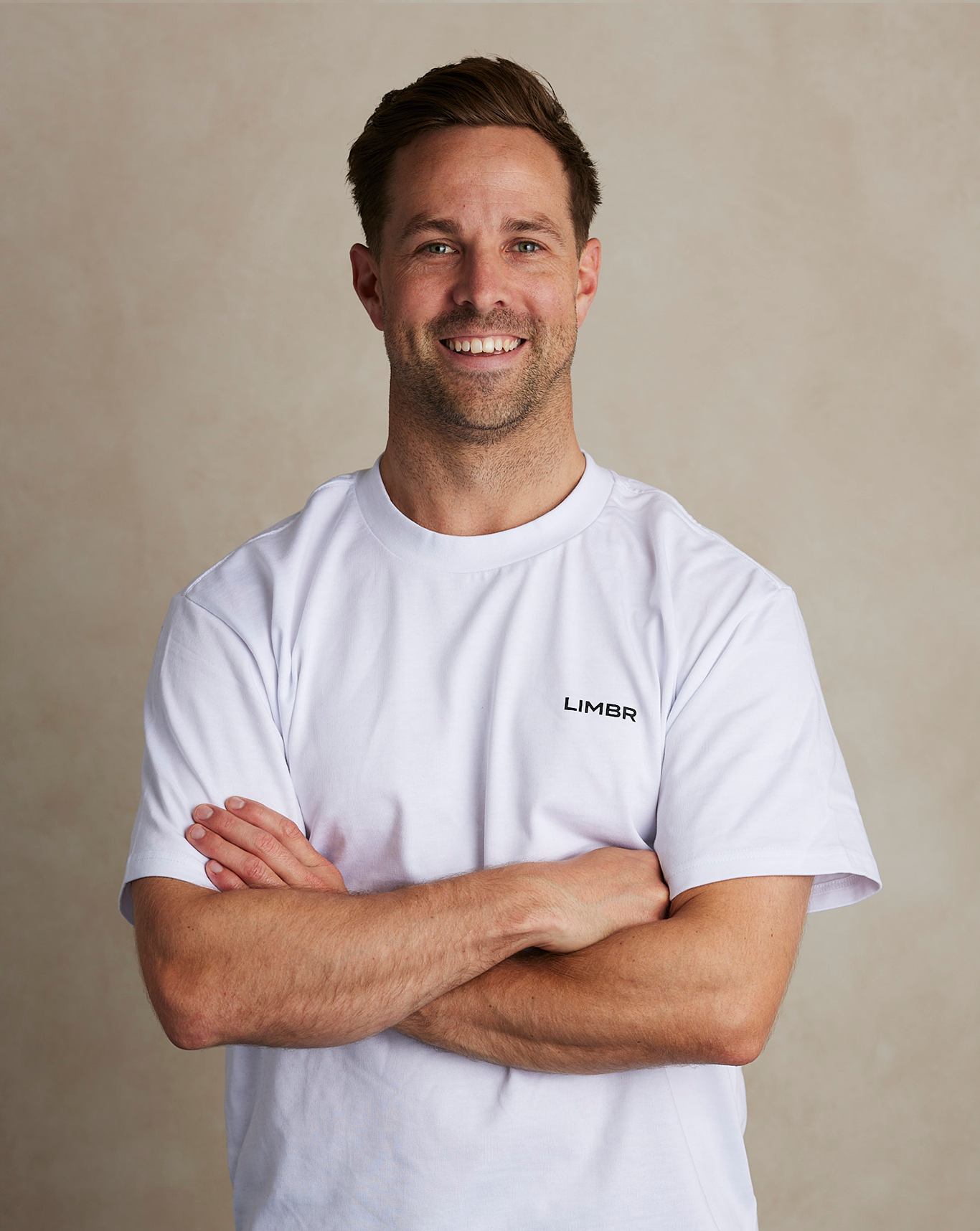FAQ: Osgood Schlatters
Damien Ryan 06/05/24What is Osgood Schlatters? Osgood Schlatters is the traction/pulling of the patella tendon where it attaches to the tibia (the tibial tubercle noted on the image below). This injury commonly occurs to growing/adolescent children as the pulling occurs directly over the growth plate of the tibia/shin bone. This injury often occurs during a growth spurt with a high amount of lower limb impact during physical activity in sports such as basketball, football or soccer.

Source: https://orthoinfo.aaos.org/en/diseases–conditions/osgood-schlatter-disease-knee-pain/
Where will I feel pain if I have Osgood Schlatters? You will feel pain below the knee at a location called the tibial tuberosity – a landmark (often a bump or raised piece of bone) where the patella tendon attaches to the shin bone. The pain will be consistently in this location during or after activities.
What movements will I struggle to perform if I have this injury? Movements involving load or tension through the quadriceps will likely cause pain for this condition, examples include running and jumping on hard surfaces.
Will I feel pain in any other regions of my body? You are not likely to feel significant pain in other regions of the body with this presentation. However, the cause of this presentation is often lack of strength/control in other muscles of the leg – therefore, you might have some other pains in the hip or ankle associated with this presentation.
How does it happen? Muscles can only pull – they cannot push. The quadriceps group of muscles are a very strong group of muscles that help us to walk, run, jump, and control the position of the knee when we perform all movements in standing positions. The quadriceps converge on a single location, through the patella to their insertion on the tibia (shin bone) at the tibial tuberosity. Therefore, this location is required to be very strong for the quadriceps to pull and function effectively.
During the growth phase for adolescents, bones grow first then they are followed by the muscles, tendons and ligaments. Furthermore, during high growth phases (peak growth rate velocity for males and females is approximately 13-14 and 11-12 years old respectively), the growth plate in the bone becomes softer than normal with increased cellular turnover. This is often a time when kids are most active – playing community sport or be active with friends on the weekends. This results in the perfect conditions for growth-related issues to arise.
The softer bone, with the increased stretch from the muscles/tendons catching up to the bone growth, and an increase in impact activity for the lower limb, can lead to pain underneath the kneecap as previously described.
What things should I try initially once I’ve hurt myself? Some rest is always a good idea to settle the symptoms down – however, the amount of time off will be based on prior physical activity levels, severity of the presentation, and response to therapeutic treatment modalities.
Ice on the knee will also help to settle symptoms.
What things should I try to avoid in the initial stages of injury? Continued high-level impact loading through the knee and leg will continue to cause pain for this presentation.
However, complete cessation of exercise is often not recommended either. Therefore, consultation with a trained therapist to determine adequate loading levels is advised.
What type of exercises or movements do I need to learn/control/be stronger at to rehab the injury?
Improved control of the lower limb muscles – muscles that control the hip, knee and ankle – will significantly improve the symptoms of this condition. Whilst this presentation is an overload on the structures at the knee, this is often associated with weakness or poor control of other leg structures leading to this increased loading.
What treatments can help relieve some pain or fast-track my rehabilitation? There are key treatment modalities that are frequently used to help this presentation:
- Load management: managing the amount of high-level impact physical activity completed on a daily/weekly basis will improve this presentation
- Tissue release: as previously described muscles function by pulling, therefore, by releasing through the quadriceps muscles and reducing the amount of tension they apply to the patella tendon will ease symptoms in the short-term
- Specific strengthening exercises for the leg dependent on the persons strength presentation
Specific dosages for each person are individual, therefore, we recommend consulting with a professional to understand exact requirements for you if you have any of these symptoms.
What are the expected timeframes of rehabilitation? Expected timeframes are 2-6 weeks for someone presenting with an acute onset of this condition with specific treatment and adherence to a load management program.
Timeframes depend on how long the person has been carrying the presentation. A general rule is the longer the presentation has been niggling in the background untreated, the longer it will take to heal when treated in the clinic. However, everyone responds differently.
